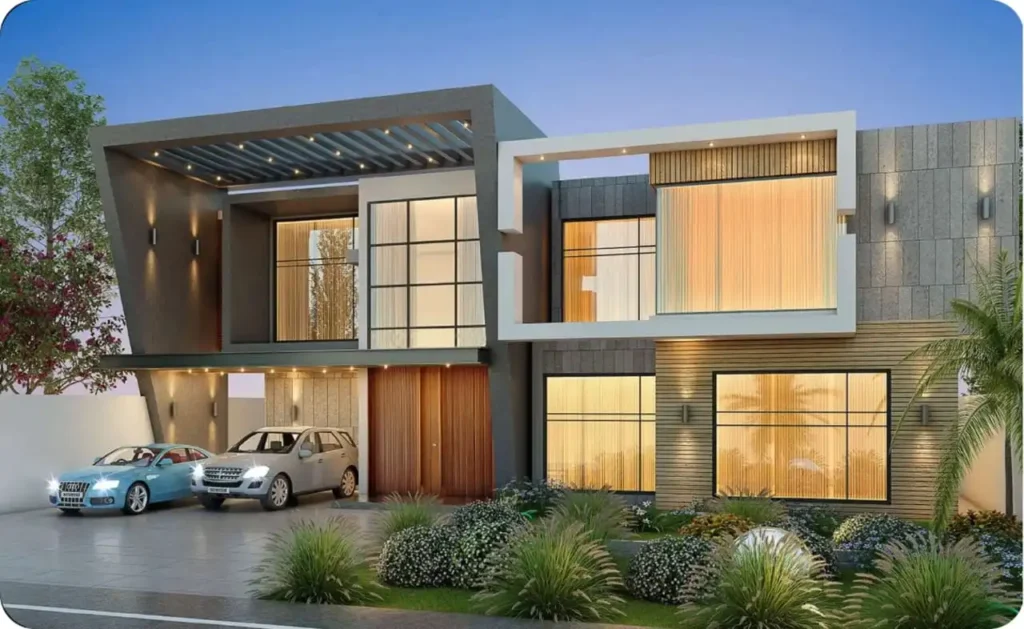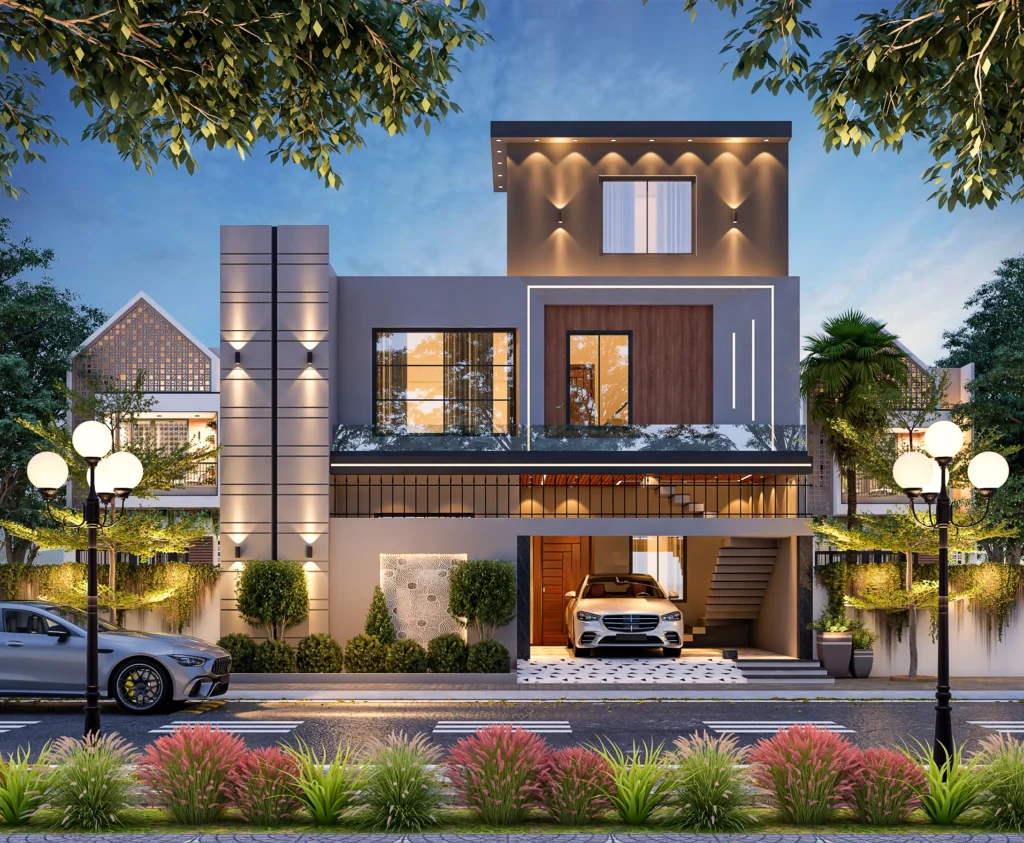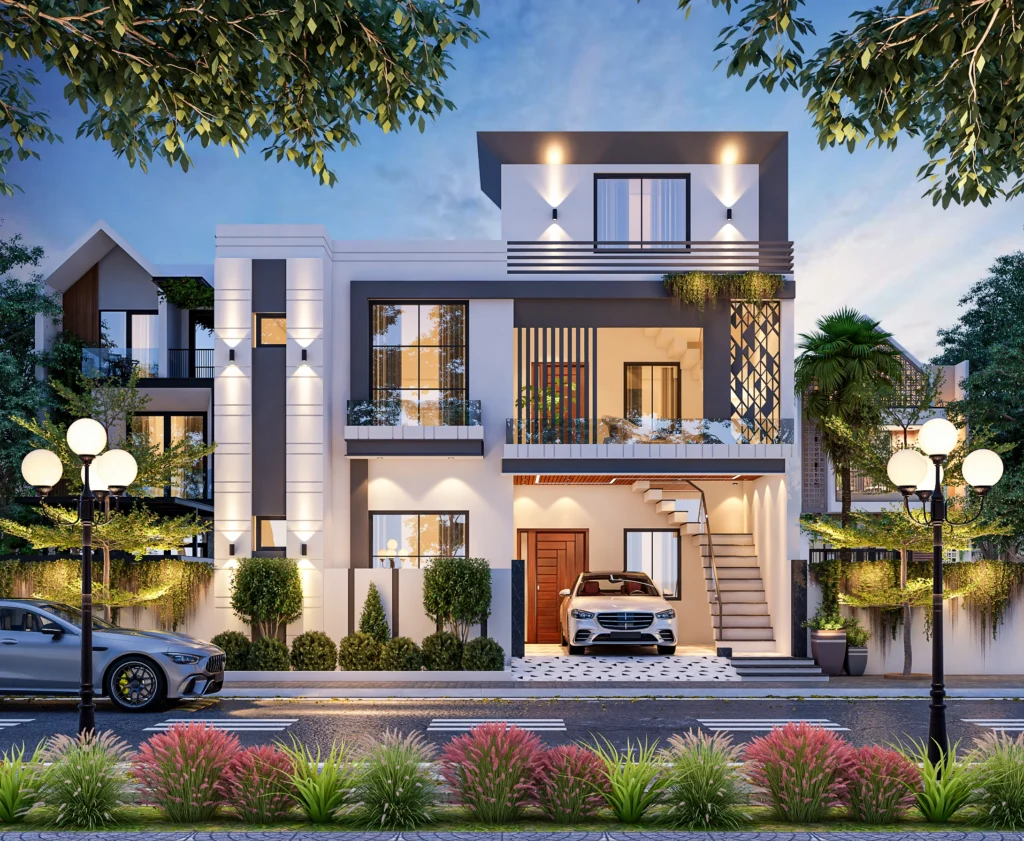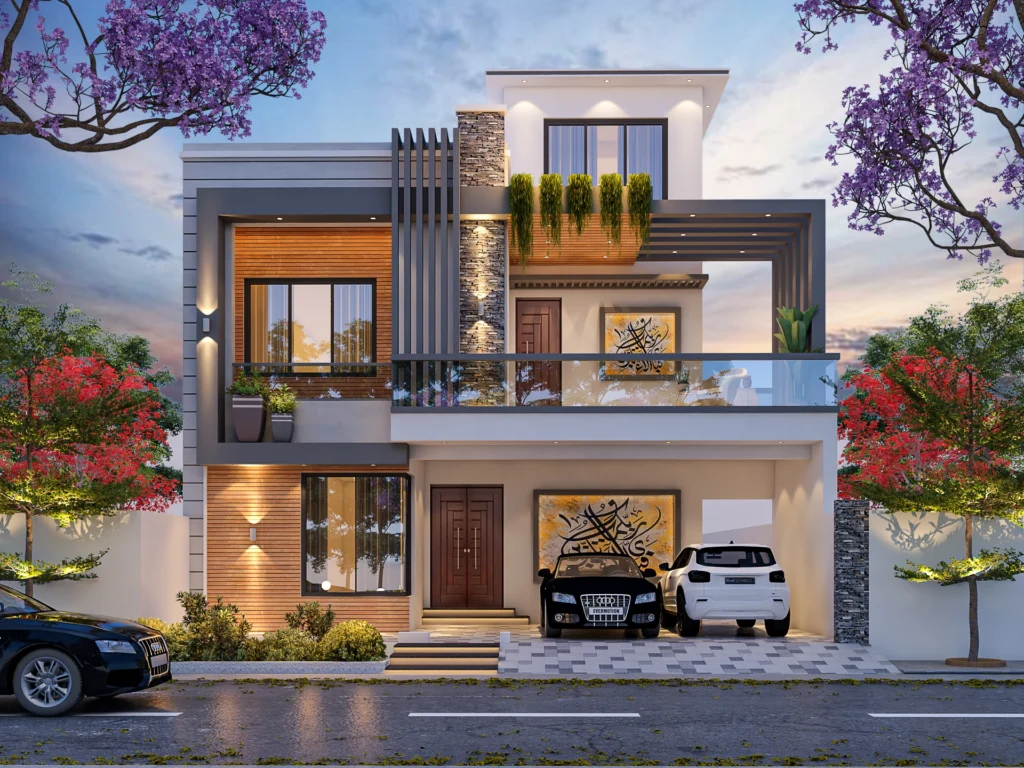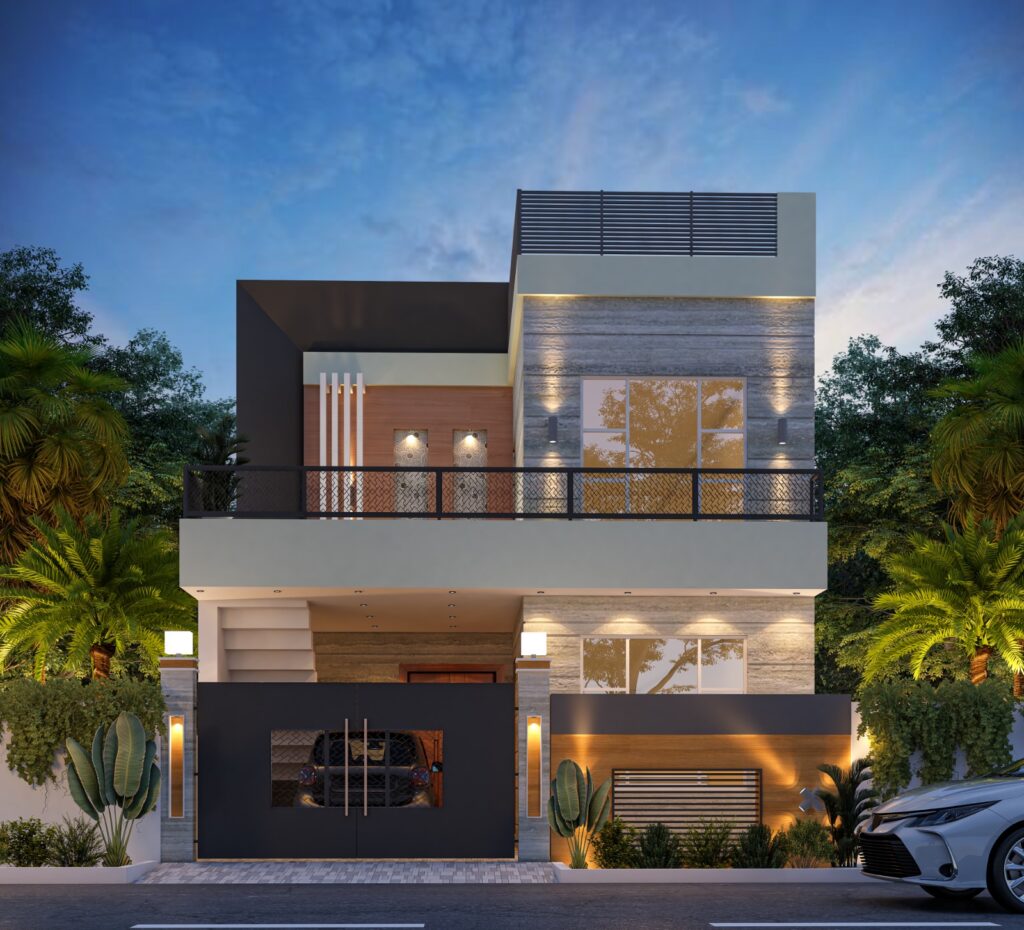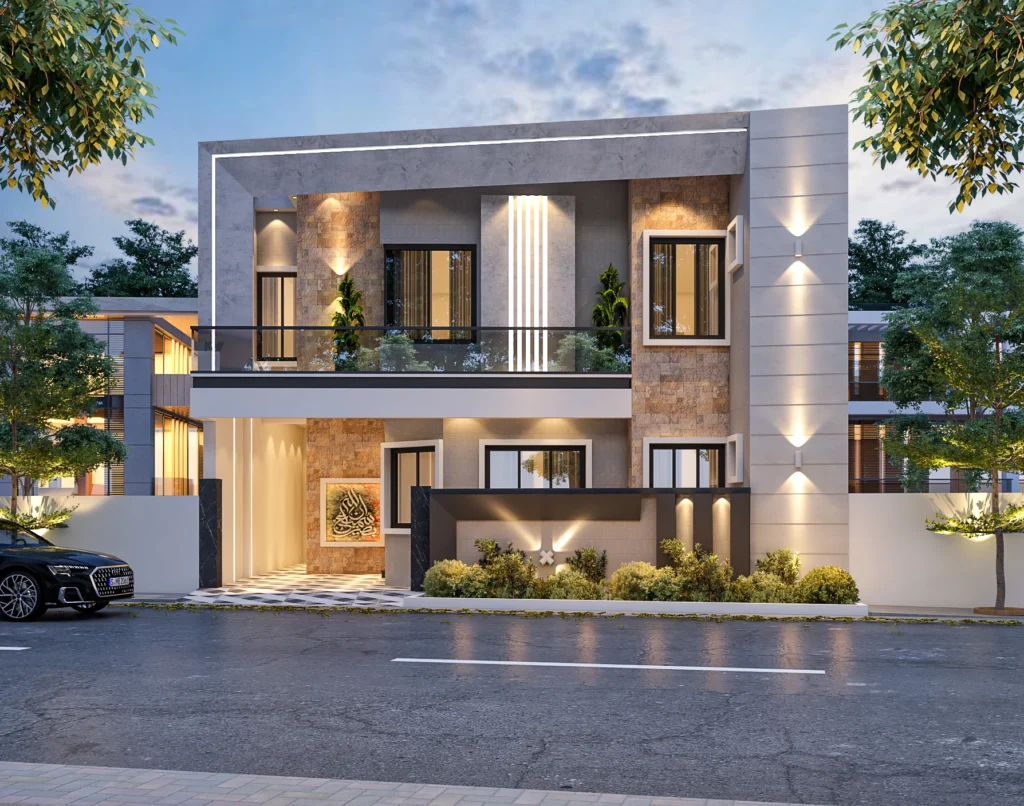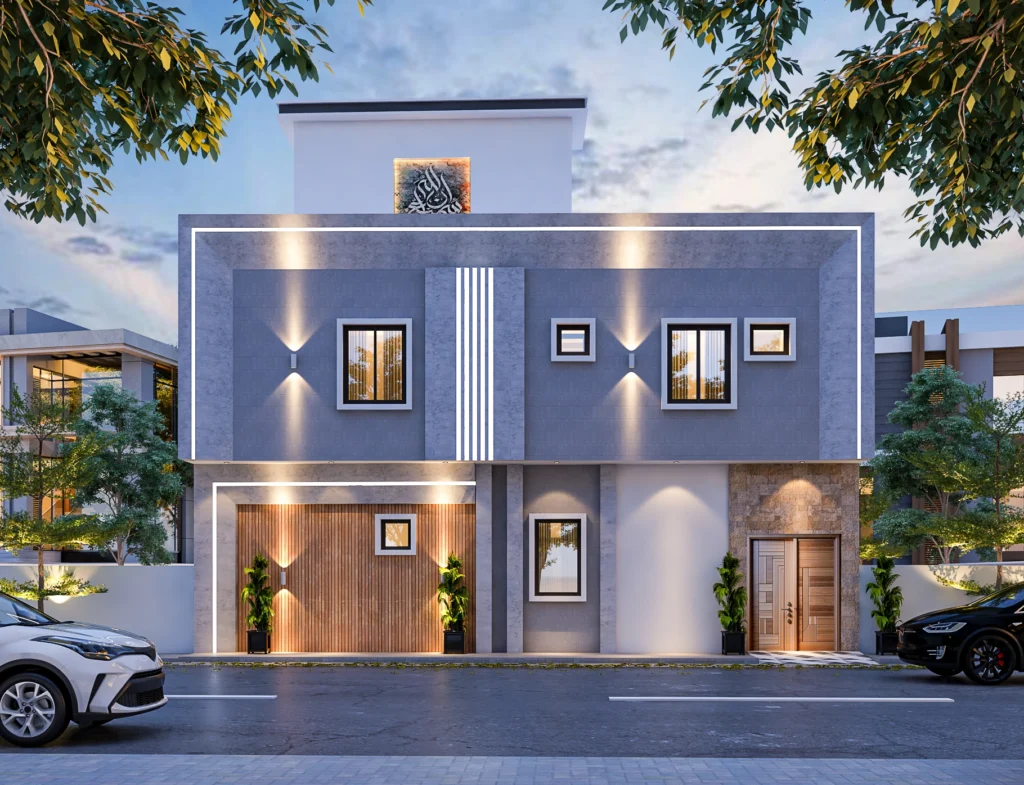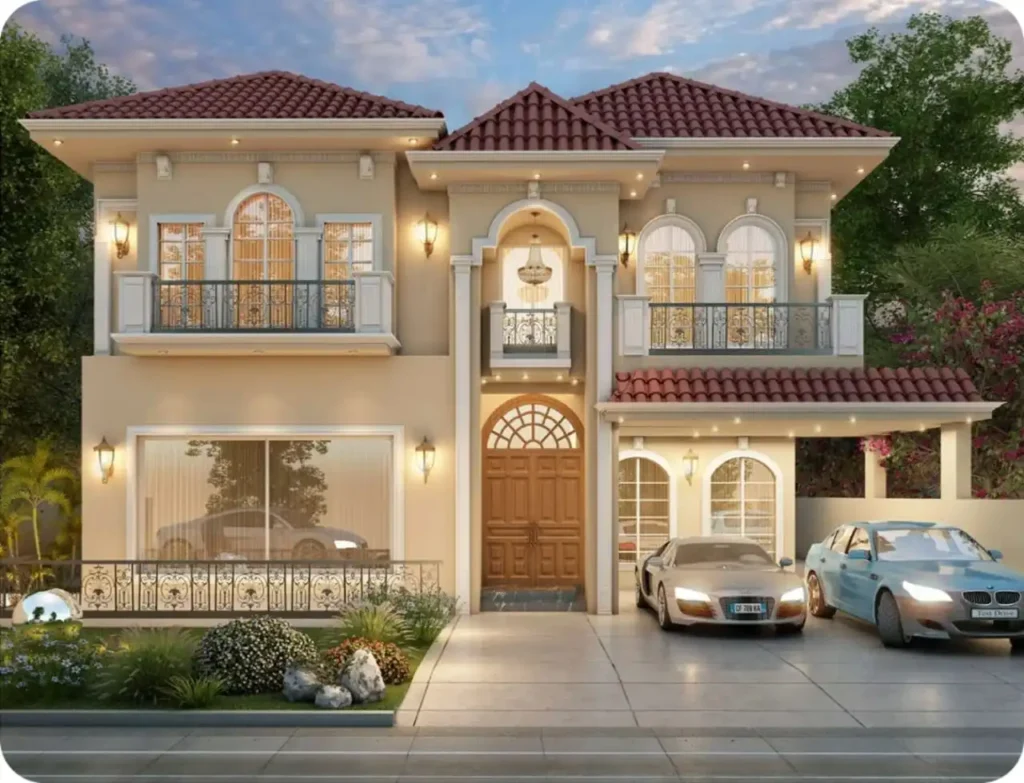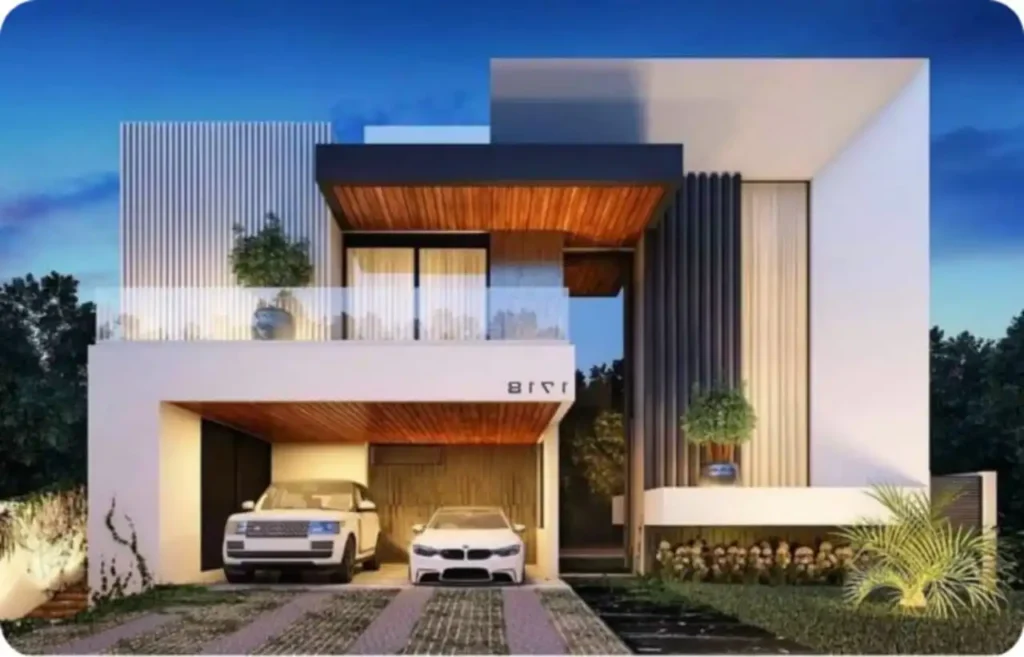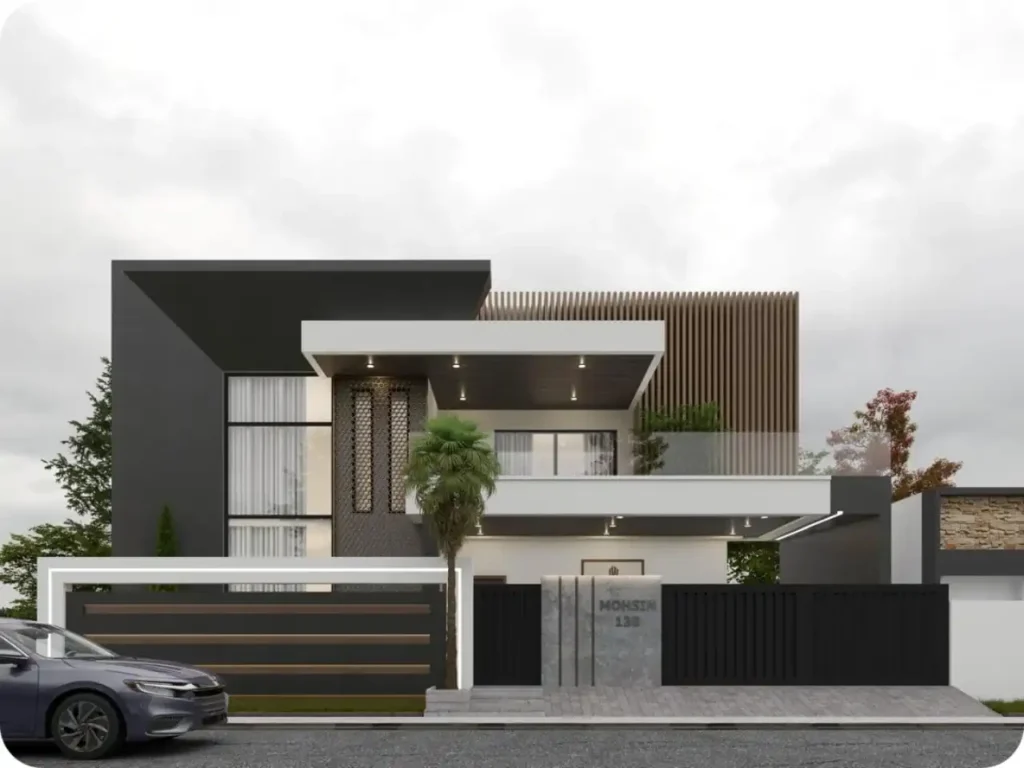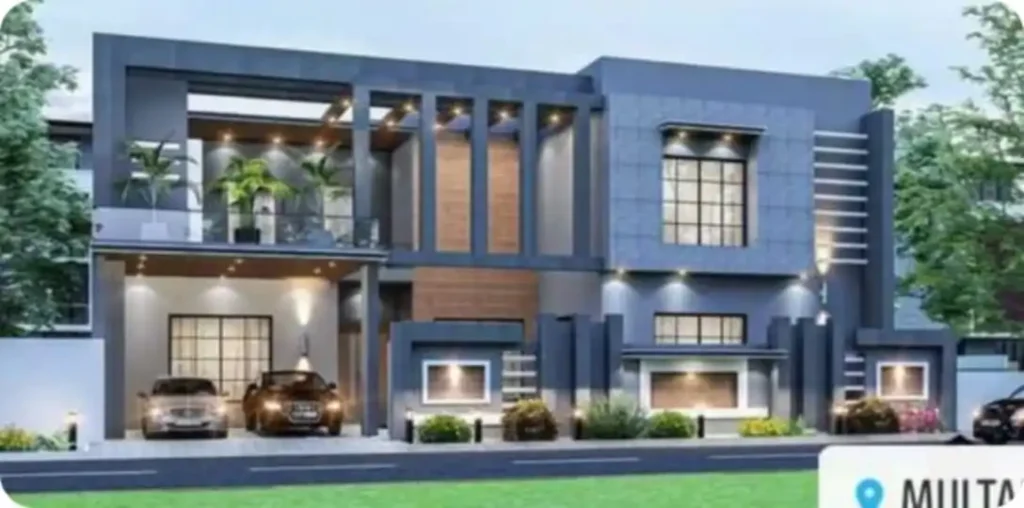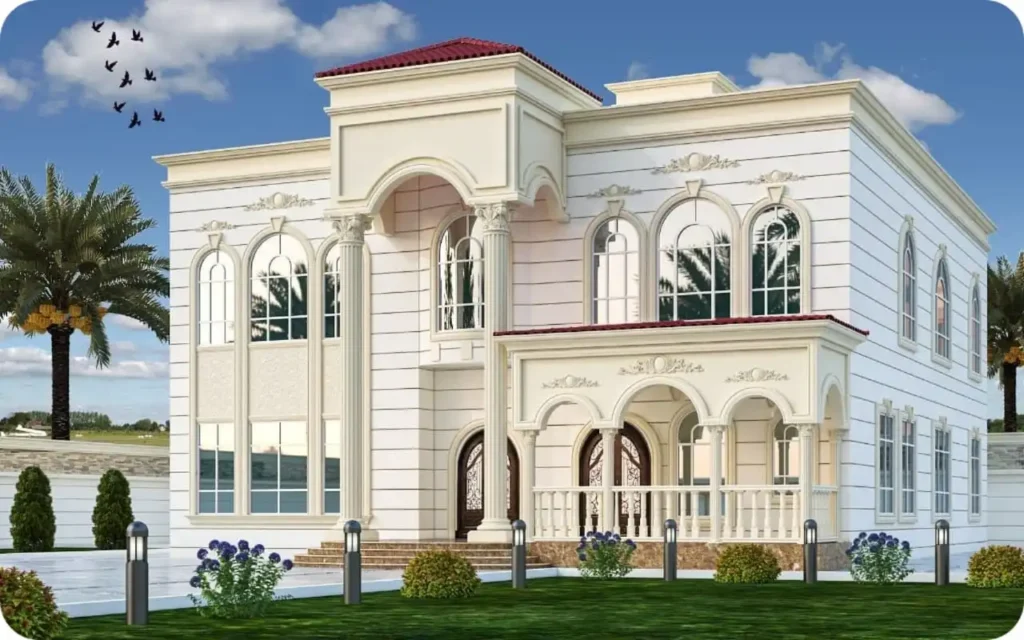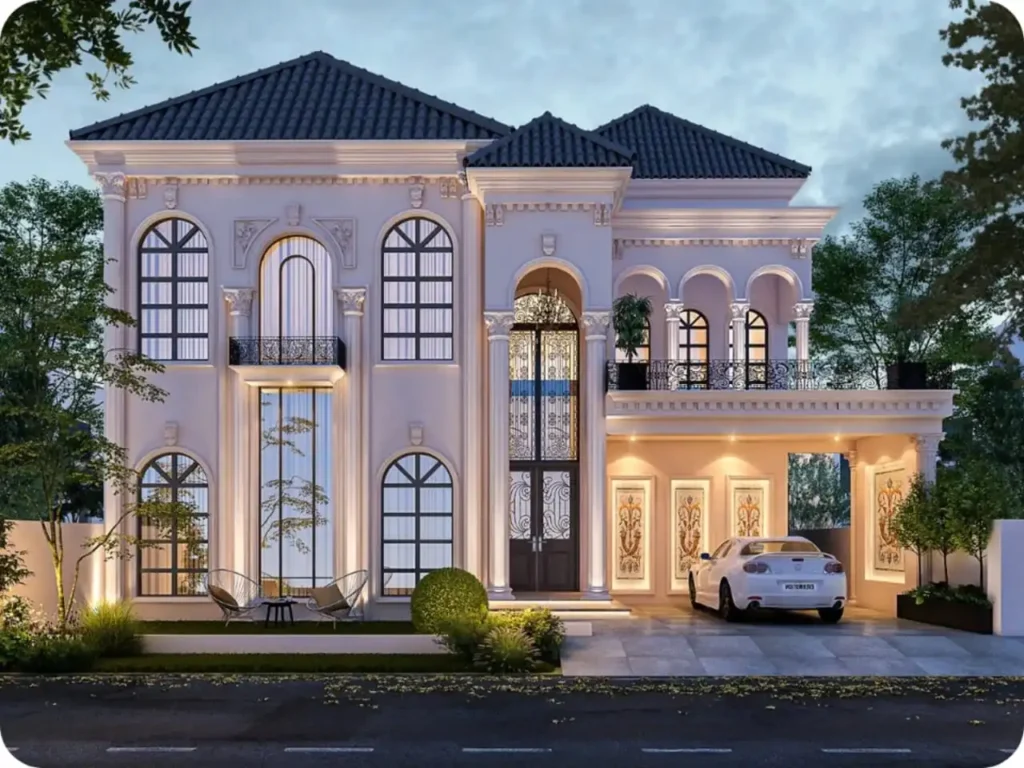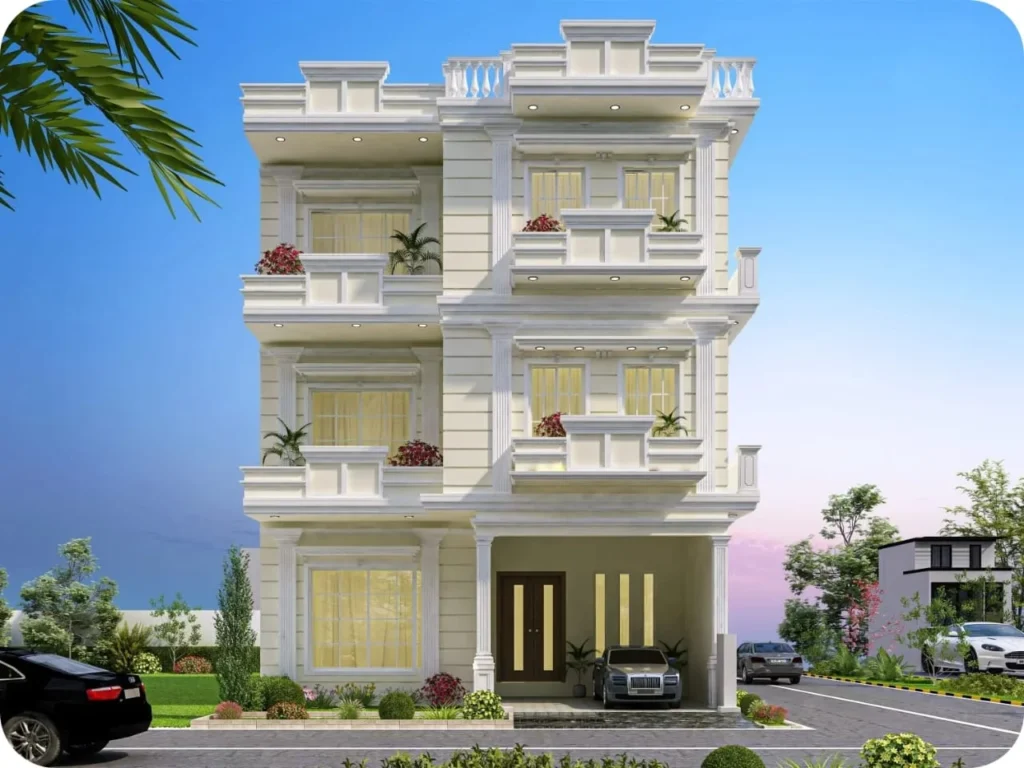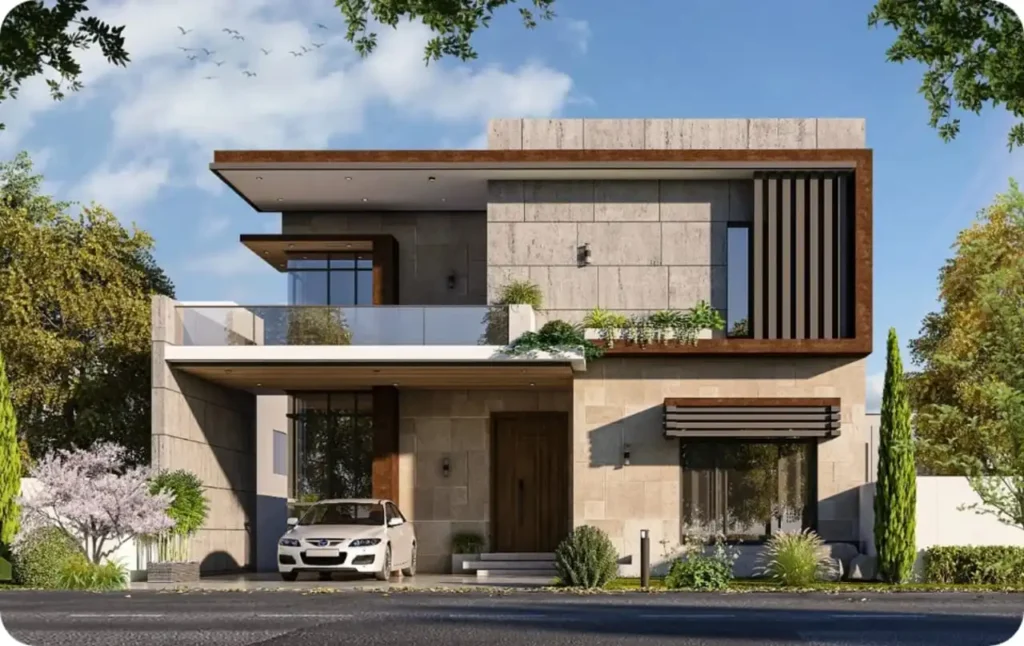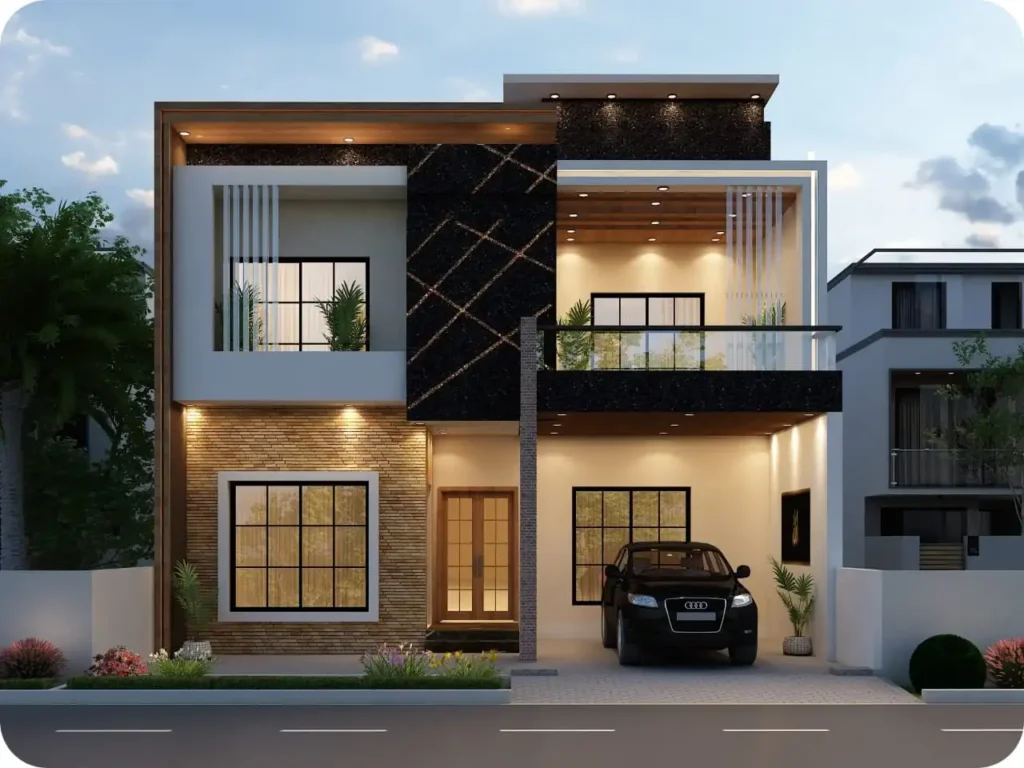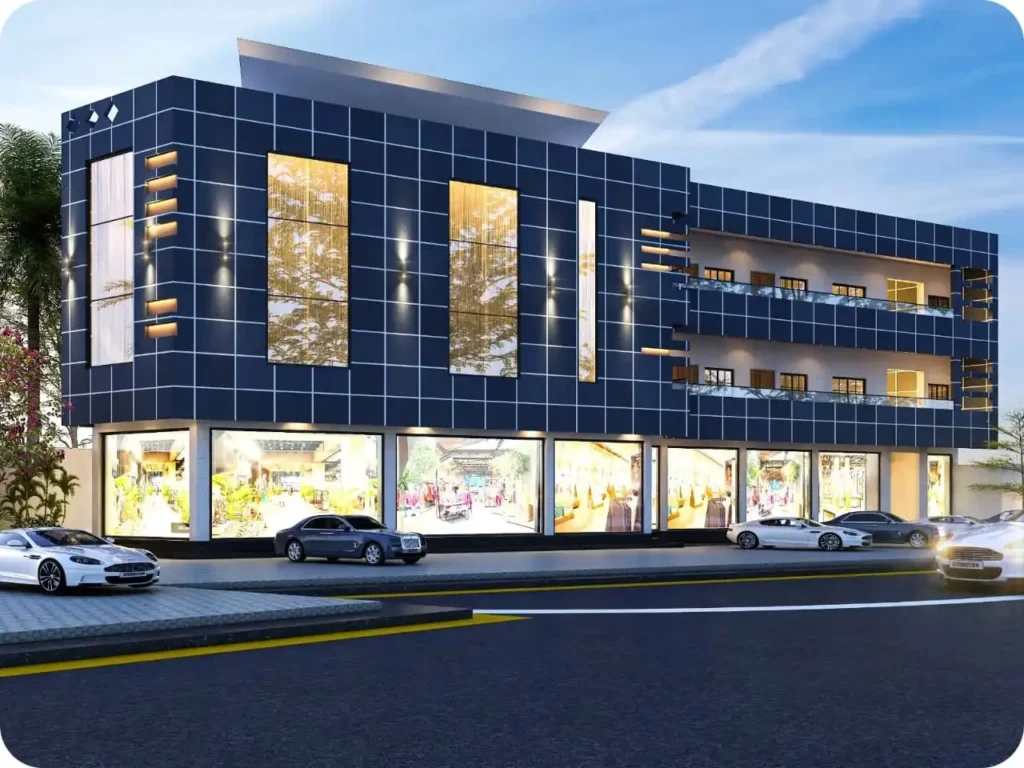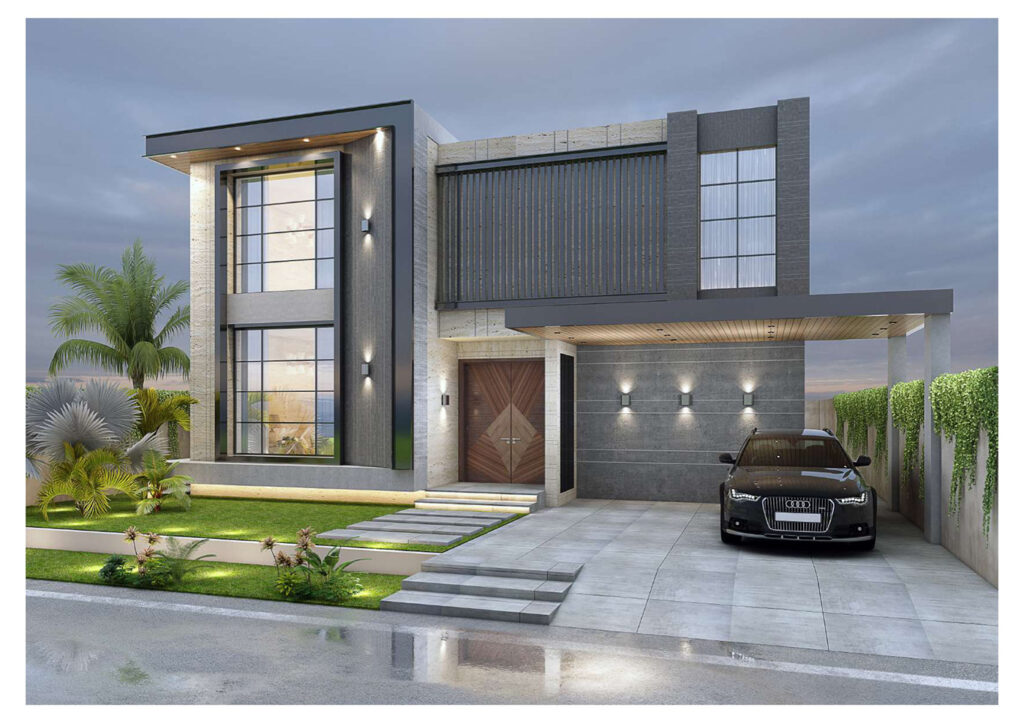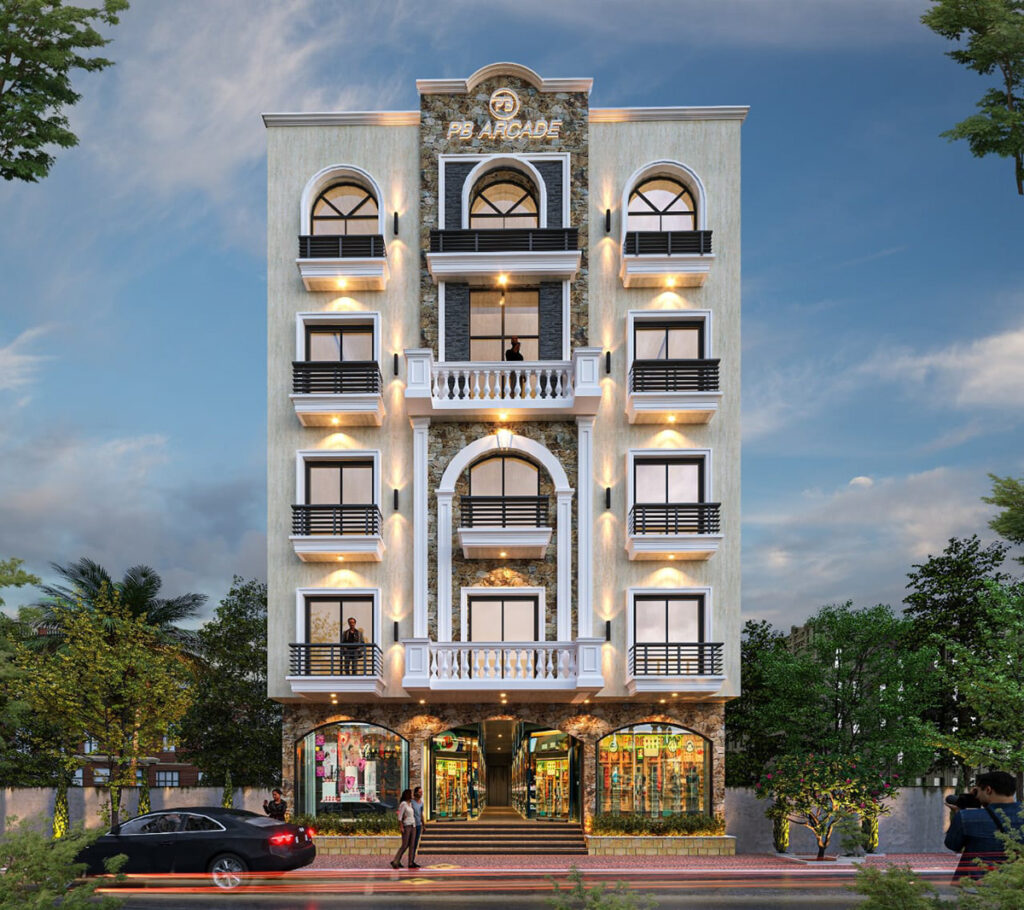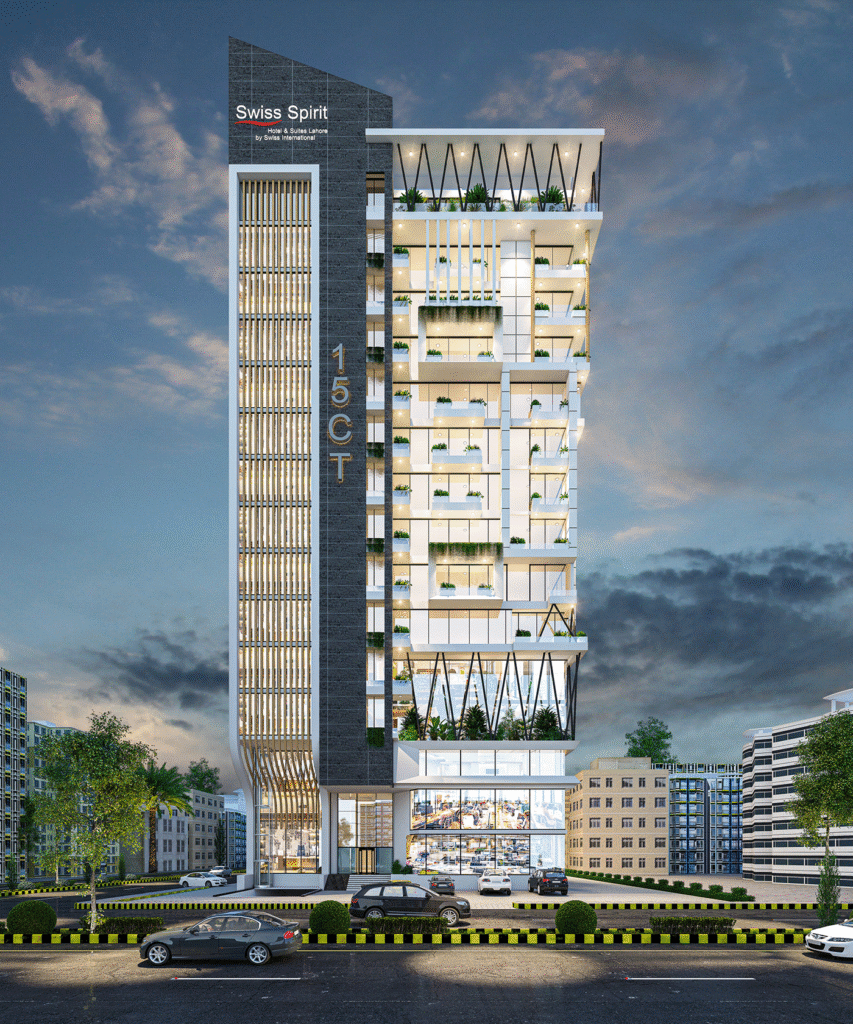Exterior Design of Residential Buildings
The exterior design of a residential building is more than just its visual appeal—it’s the first impression, the architectural identity, and a reflection of the lifestyle within. A well-designed exterior doesn’t just enhance curb appeal; it integrates the building into its surroundings, provides functional benefits, and elevates the overall value of the property.
Blending Aesthetics with Functionality
When approaching the exterior design of a residential property, aesthetics and functionality must work hand in hand. A beautiful facade must also protect against the elements, provide insulation, and support ventilation. The choice of materials, color schemes, and architectural details plays a major role in achieving this balance. Whether it’s a sleek modern home with clean lines and glass panels or a traditional residence with brickwork and ornate trim, the design should be both visually striking and practical.
Key Elements of Residential Exterior Design
- Facade Design
The facade is the face of the home. It includes the arrangement of windows, doors, textures, and materials that define the home’s character. Contemporary facades often emphasize simplicity and openness, while classic designs may focus on symmetry and detail. Materials such as stone, wood, metal, and glass are selected based on climate, durability, and style. - Landscaping
Thoughtful landscaping complements the building and connects it to nature. Trees, shrubs, pathways, and garden elements should be strategically placed to frame the building and enhance privacy, while also promoting natural shade and airflow. Well-planned green spaces not only beautify the exterior but also offer ecological and energy-saving benefits. - Lighting
Exterior lighting is both functional and decorative. Properly placed lights ensure safety along pathways and entrances, while accent lighting can highlight architectural features or landscaping. Using energy-efficient LED lights and solar-powered options also aligns with sustainable design goals. - Color and Texture
The choice of color and texture greatly influences how a home is perceived. Earth tones can give a warm, inviting look, while bold contrasts can create modern drama. Textures—such as smooth stucco, rustic wood, or exposed brick—add depth and personality to the design. - Sustainability
Modern exterior design often includes environmentally friendly elements. This can range from using recycled or locally sourced materials to integrating green roofs, solar panels, and rainwater harvesting systems. Sustainable design reduces environmental impact and can lower energy costs over time.
Creating a Lasting Impression
The exterior of a residential building is its public face—it sets the tone for what lies inside. By thoughtfully combining materials, landscaping, lighting, and sustainable practices, homeowners and designers can create exteriors that are timeless, functional, and perfectly suited to their environment.
Whether building a new home or renovating an existing one, investing in quality exterior design is an essential step toward a more beautiful, efficient, and welcoming residence.the building’s long-term performance, comfort, and connection to its surroundings.
